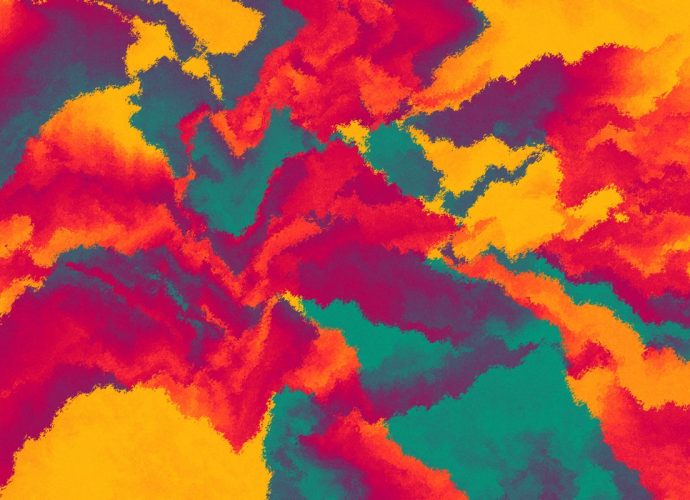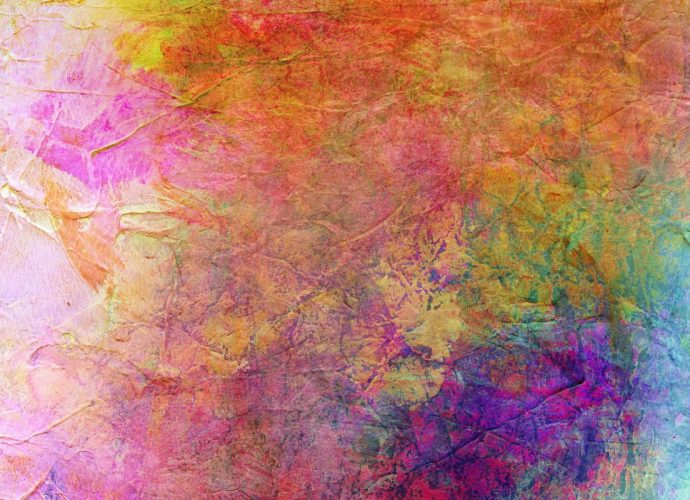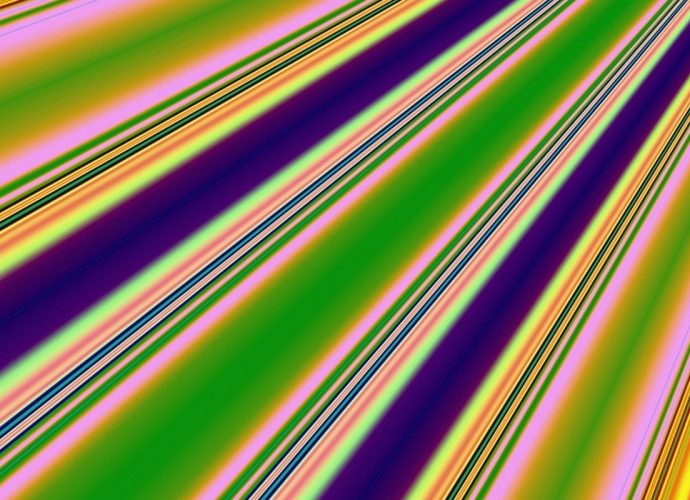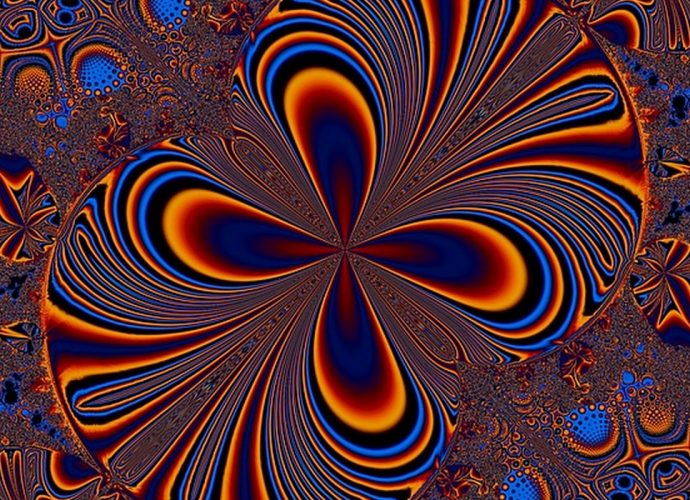Do Transform Boundaries Cause Subduction?
Subduction zones are where the cold oceanic lithosphere sinks back into the mantle and is recycled. They are found at convergent plate boundaries, where the oceanic lithosphere of one plate converges with the less dense lithosphere of another plate. Does subduction occur at all boundaries? Subduction occurs when two platesRead More →







